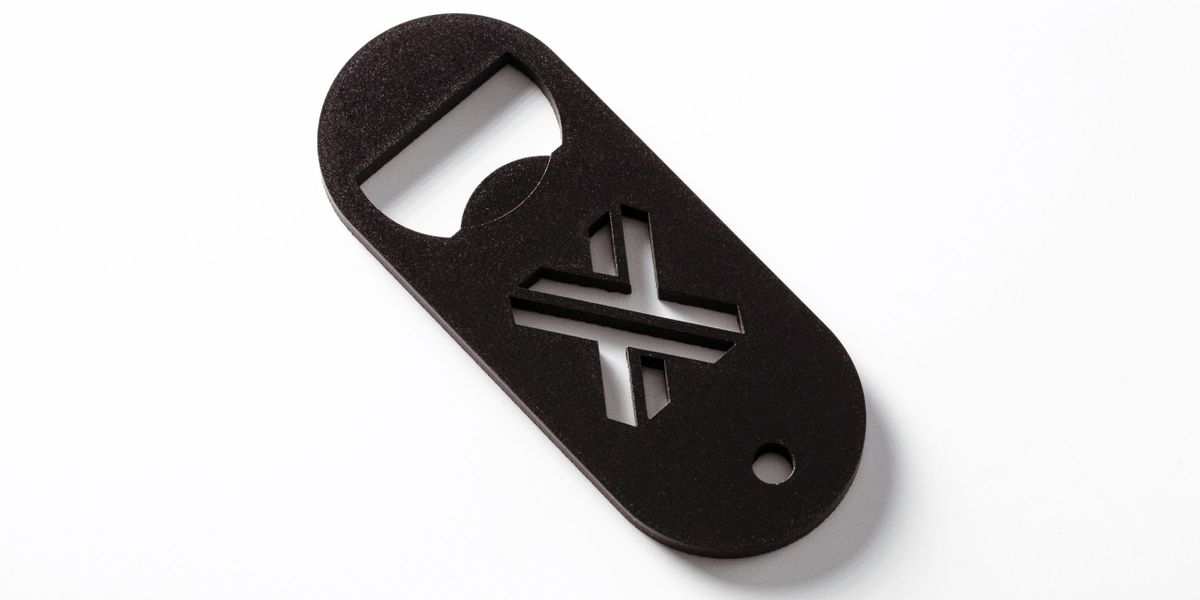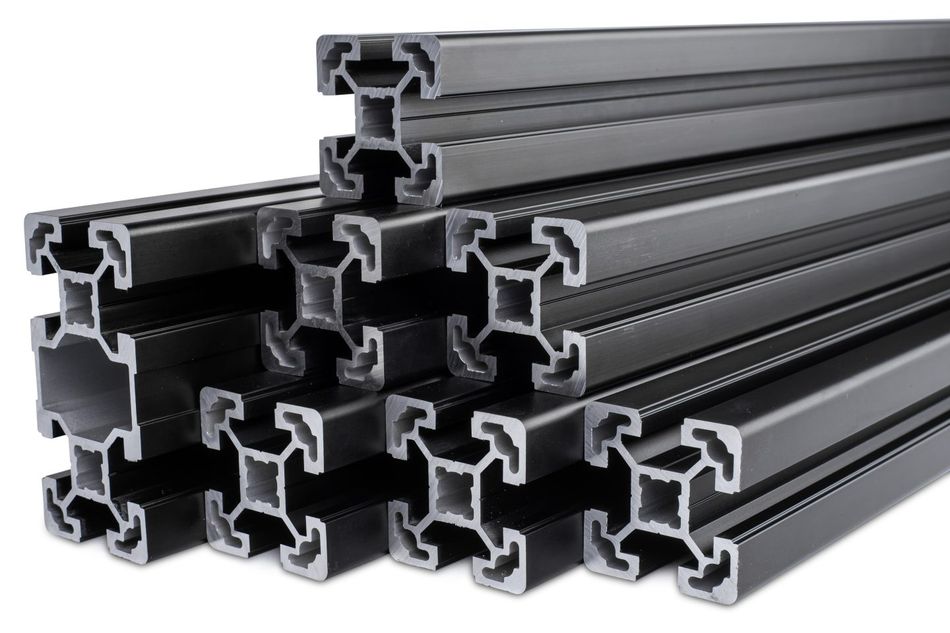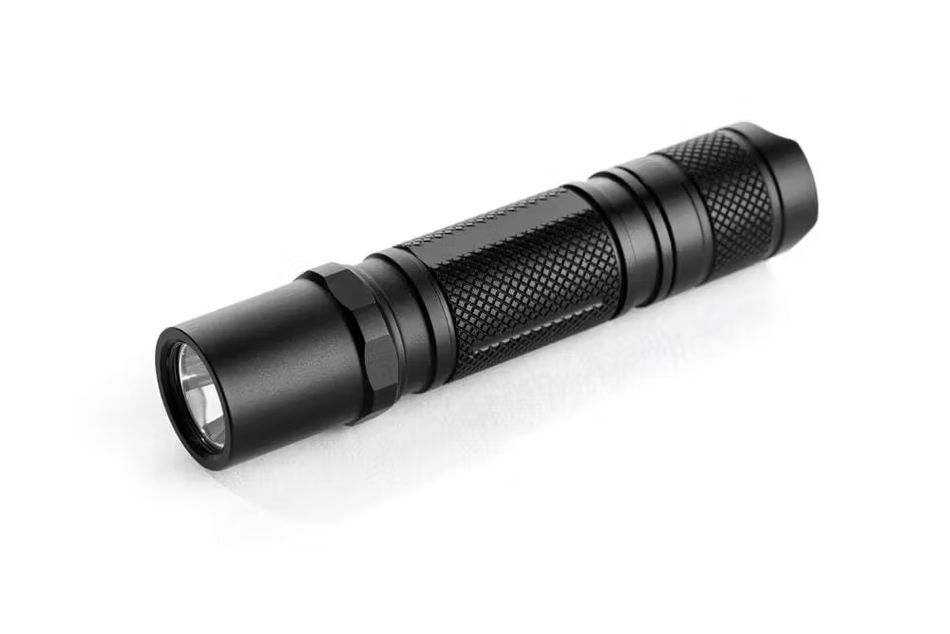Everything You Need to Know About Black Anodizing

Explore black anodising, a key finish in manufacturing, and gain insights into the detailed process from pre-treatment to sealing. Understand its practical applications in industries such as aerospace and robotics, known for its durability and corrosion resistance in components.
This article was first published on
xometry.proBlack anodizing refers to the process of anodizing an aluminium part and then dying it black using a suitable dye. This must not be confused with black oxide coating which is unsuitable for aluminium parts. Anodized aluminium has improved wear and corrosion resistance, while black anodized parts have the additional benefits of being light absorbent as well as being able to effectively radiate heat. This article will describe what black anodizing is, how it works, as well as the various pros and cons.
What is Black Anodizing?
Black anodizing refers to the electrochemical process of blackening an aluminium part by first performing standard anodizing to create a semi-porous aluminium oxide layer. The oxide layer is then dyed black using one of three dyeing techniques: organic dyes, inorganic dye, or electrolytic dyeing using metal salts.
The metals that can be black anodized are aluminium, magnesium, and titanium. Aluminium, however, is the most common material used for black anodizing. It must be noted that not all grades of aluminium can be black anodized. Only aluminium series 5, 6, and 7 can be anodized.
How Does Black Anodizing Work?
Black anodizing works by first anodizing the part using the standard anodizing process with either a type II or type III anodizing process. A minimum anodized coating thickness of 25 microns or more is recommended for optimal colourfastness. Once anodized, the part will have a semi-porous surface structure. These pores are utilised to hold the black dye.
There are three types of dyeing techniques, as described below:
- Organic pigments: These dyes are dissolved in warm water and then placed into the dye bath. The part is placed into the dye bath and the dye fills in the semi-porous surface of the anodic layer. Typically, black dyeing requires additional dyeing time compared to lighter colours. Organic-dyed parts are not recommended for outdoor usage.
- Inorganic pigments: These pigments are not soluble in water. Inorganic pigments produce coatings with excellent light fastness. For black anodizing, parts can be produced with inorganic salts of cobalt sulfide.
- Electrolytic dyeing: After normal anodizing, parts are placed in another electrolysis bath with a solution containing heavy metal salts. The anodic layer acts as the cathode, and a stainless steel electrode is placed in the acid electrolyte bath. The metal salts are then deposited into the bottom of the pores. Nickel, cobalt, and tin salts are used to produce different colours, a proprietary process that produces parts with exceptional colourfastness.
After dyeing, the pores on the anodic layer must be sealed to prevent colour leaching. Sealing is typically done via hydration of the coating, which closes the pores off by reaction with the anodic layer. Wherever there is a pore, AI2O3H2O is formed; this is less abrasion-resistant than the normal aluminium oxide surface. Alternatively, chemical sealing can be put into effect, for example by using nickel acetate or dichromate sealing.
The time required to black anodize a part depends on the desired anodic layer thickness, the dyeing method, and the post-dye sealing technique. In general, it takes five minutes to anodize 2.5 microns. So to anodize the minimum recommended black anodized thickness of 25 microns will take around an hour. The dyeing process can take up to 20 minutes. However, these time frames also depend on the cleaning and rinsing processes.
Applications of Black Anodizing
Black anodized aluminium has all the benefits of standard anodized aluminium with the additional benefits afforded by the black colouring. The black anodized aluminium is used in applications where the black coating is beneficial. Here are some applications examples:
- Satellite components that rely on the black anodic coating to
- efficiently radiate heat back into space
- Optical equipment that relies on the ability of black coatings to absorb any stray reflective light
- Architectural trimmings in which the deep black colours are aesthetically pleasing while also having excellent colourfastness, and the surface finish provides improved abrasion resistance.
An anodized coating can last between 10 and 20 years depending on the application, the thickness of the coating, and whether or not the relevant sealing steps were performed after anodizing. When metal salts are used for dyeing, the colour will not fade. However organic dyes will fade over time.

Benefits of Black Anodizing Finish
The benefits of black anodizing include increased wear resistance and corrosion resistance. This finish ensures that anodized aluminium parts will not be prone to rust. Rust is typically used to describe the formation of a destructive flaking oxide layer on ferrous metals. When an oxide layer forms on aluminium, it adheres to the metal surface and prevents further oxidation of the base material.
However, black anodizing has a few additional specific benefits described below:
- Heat emissivity: Aluminium components are often dyed black to increase their emissivity; applications can include heat sinks as well as satellite components.
- No outgassing: Black anodized parts, if properly sealed after dyeing, do not undergo outgassing when exposed to a vacuum. This lack of outgassing helps protect sensitive equipment, especially sensitive space-based equipment.
- Colour fastness: Black anodized parts, especially if dyed with inorganic or metal salts, have excellent colourfastness, which means they will typically maintain their colour when exposed to UV (ultraviolet) light.

Limitations of Black Anodizing
While black anodizing stands as a robust finishing process with notable advantages, it is important to acknowledge its inherent limitations. Navigating beyond its sleek black aesthetic and corrosion-resistant properties, certain constraints shape the boundaries of its applicability.
- Surface cracking: When exposed to thermal cycling, black anodized parts will form cracks in the anodic coating. These cracks are mainly due to the difference in thermal expansion rates of the substrate and the coating.
- Limited materials: Not all aluminium series can be black anodized. In general, the most commonly anodized aluminium series are 5, 6, and 7, with series 6 being the most commonly anodized.
- Colour fading: If organic dyes are used, black anodized parts will lose their colour as these dyes are unsuitable for UV light exposure.
Summary
In conclusion, black anodizing emerges as a versatile and essential process in the manufacturing landscape. Its dual advantages of enhanced corrosion resistance and an appealing black finish make it a preferred choice in industries ranging from aerospace to robotics.
Xometry provides a wide range of manufacturing capabilities and other value-added services for all of your prototyping and production needs.

